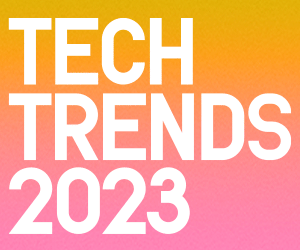Here’s what to watch for in 2023.
Advanced Access Control Tech Improves Physical Security Measures
Student safety is always a priority for K–12 districts. With the help of technology, many schools are now taking steps to improve the ability to monitor who is in buildings and keep out unwanted visitors. Other access control technologies ensure students aren’t bringing dangerous or prohibited objects into school buildings.
For example, Lakewood School District in New Jersey is implementing artificial intelligence-based screening. After the pandemic, the district reduced the window for screening students from 45 minutes to 15, says Robert DeSimone, director of security at Lakewood Board of Education.
With the new access control technology, students pass through pillars when they enter the school without removing personal belongings. The new system boasts a higher detection rate than traditional metal detectors.
“With the false alarms caused by our previous metal detectors, we found we were only able to serve approximately 10 percent of our students in the 15-minute time frame, compared with 50 percent of students in the 45-minute time frame,” DeSimone says. “Now, we’ll be able to screen approximately 1,500 students in 40 minutes.”
Other advances include tech upgrades such as security cameras, with more funds allocated to improve security in Ohio and New Hampshire.
READ MORE: Experts discuss physical security tech that shores up school safety.
Schools Transform Communal Spaces into Tech-Centric Hubs
Progressive schools are moving toward tech-centric spaces that allow for mobility and collaboration and spaces that focus on increased access to technology.
STEM labs and esports arenas, along with broadcasting studios for creating original podcasts and video work, are gaining traction. For example, Steubenville City Schools in Ohio broke ground on a $12 million STEM building, and at Indiana’s Greensburg Junior High School, students will learn about design and robotics tools for manufacturing in a tech, engineering and math lab.
Chandler Unified School District in Arizona is developing its esports program by integrating virtual reality lessons into a space designated for devices and managed services for gaming systems.
CTO Colleen Flannery says the district is transforming spaces within its schools for esports. “Esports offers numerous benefits for students, including using, learning and strengthening technical skills and ‘soft skills’ such as communication, teamwork and decision-making,” she says.
Click the banner to access customized ed tech content when you register as an Insider.













